Rhododendron Problems: How To Get Rid Of Sooty Mold On Rhododendrons
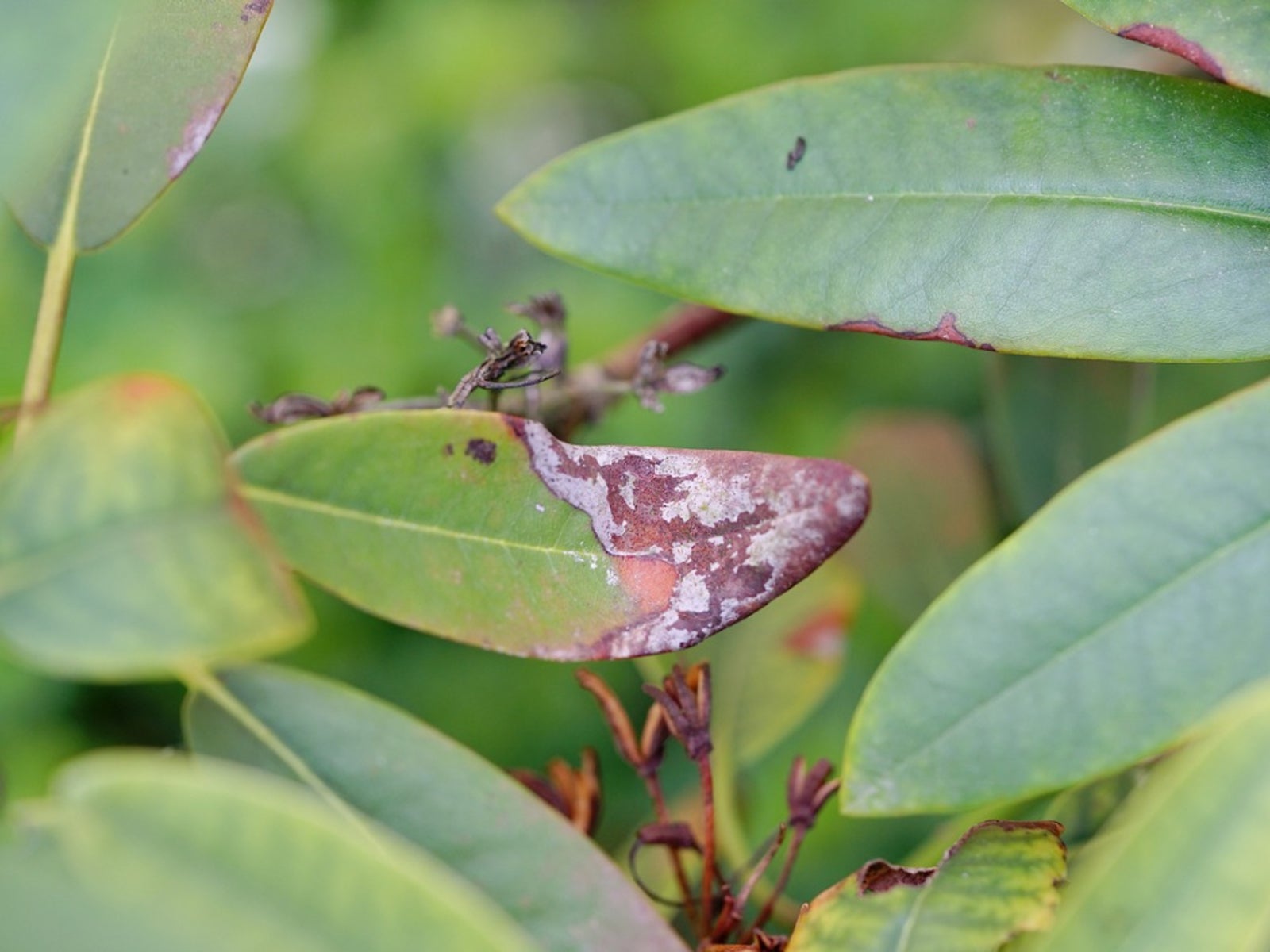

Rhododendrons are at their best in spring when they produce large clusters of showy flowers against a backdrop of glossy green foliage. Rhododendron problems such as sooty mold on leaves ruin the display with unsightly black splotches on the foliage. Although the sooty mold fungus grows on the surface of the leaves and rarely causes permanent damage, it can seriously impact the appearance of the rhododendrons.
How to Get Rid of Sooty Mold on Rhododendrons
Sooty mold on rhododendron foliage is easily rubbed off with your fingers. You may be able to remove part of it with a strong spray of water from a hose. These measures are only temporary, however, and the only way to keep the mold from returning is to treat the cause of the problem. Small, sucking insects such as scale, whiteflies, and aphids secrete a sweet sticky substance called honeydew as they feed. Within a few days, honeydew becomes infested with sooty mold. The best way of controlling sooty mold is to control the insects that produce honeydew.
Pests Causing Sooty Mold Leaves
As soon as you notice the black fungus on rhododendron shrubs, check the leaves carefully to determine which insect is responsible and treat it appropriately.
- Scale - Scale insects commonly cause black fungus on rhododendron. These insects are flat, tan-colored discs on foliage and stems that at first glance appear to be growths on the leaves rather than insects. You can sometimes pry them off of the leaves with your fingernail or a sharp knife. Use insecticidal soaps, horticultural oils, or a product that contains both soaps and oils against scale. Follow the label carefully, especially regarding timing. Oils sprayed at the wrong time can damage the plant and will not kill the insect. Several repeat applications of the sprays may be necessary.
- Whiteflies - Whiteflies are very tiny flying insects that rise above the shrub in a cloud when it is shaken. You can vacuum up these insects with a hand-held vacuum cleaner. Kill the vacuumed insects by freezing the bag overnight and disposing of it the following morning. Aluminum foil or other reflective mulch is very effective against whiteflies, but it is unsightly in the garden. Insecticidal soap is effective if it comes into direct contact with the insect. Pay particular attention to the undersides of leaves when using insecticidal soap when controlling sooty mold caused by these pests.
- Aphids - Aphids are tiny, pear-shaped insects that can be almost any color. Treatment for sooty mold on leaves caused from aphids is much the same as you would for scale insects.
Rhododendron problems like sooty mold don't have to be an issue. Learning how to get rid of sooty mold on rhododendrons means getting rid of the pests that contribute to the fungal disease.
Gardening tips, videos, info and more delivered right to your inbox!
Sign up for the Gardening Know How newsletter today and receive a free copy of our e-book "How to Grow Delicious Tomatoes".

Jackie Carroll has written over 500 articles for Gardening Know How on a wide range of topics.
-
 Looking For Plants To Give You The Soft And Fuzzies? Try These 5 Fuzzy Leaf Plant Options
Looking For Plants To Give You The Soft And Fuzzies? Try These 5 Fuzzy Leaf Plant OptionsLovers of texture, drama, silver foliage and tactile plants will adore these special sensory garden additions. These fuzzy leaf plant options will leave you all aglow
By Susan Albert
-
 Get Ready For A Summer Of Hummers! Grow These Full Sun Hummingbird Plants and Flowers
Get Ready For A Summer Of Hummers! Grow These Full Sun Hummingbird Plants and FlowersIf you’re lucky enough to enjoy a sunny backyard, make sure you are maxing out on your pollinator opportunities and grow these full sun hummingbird plants and flowers
By Tonya Barnett
-
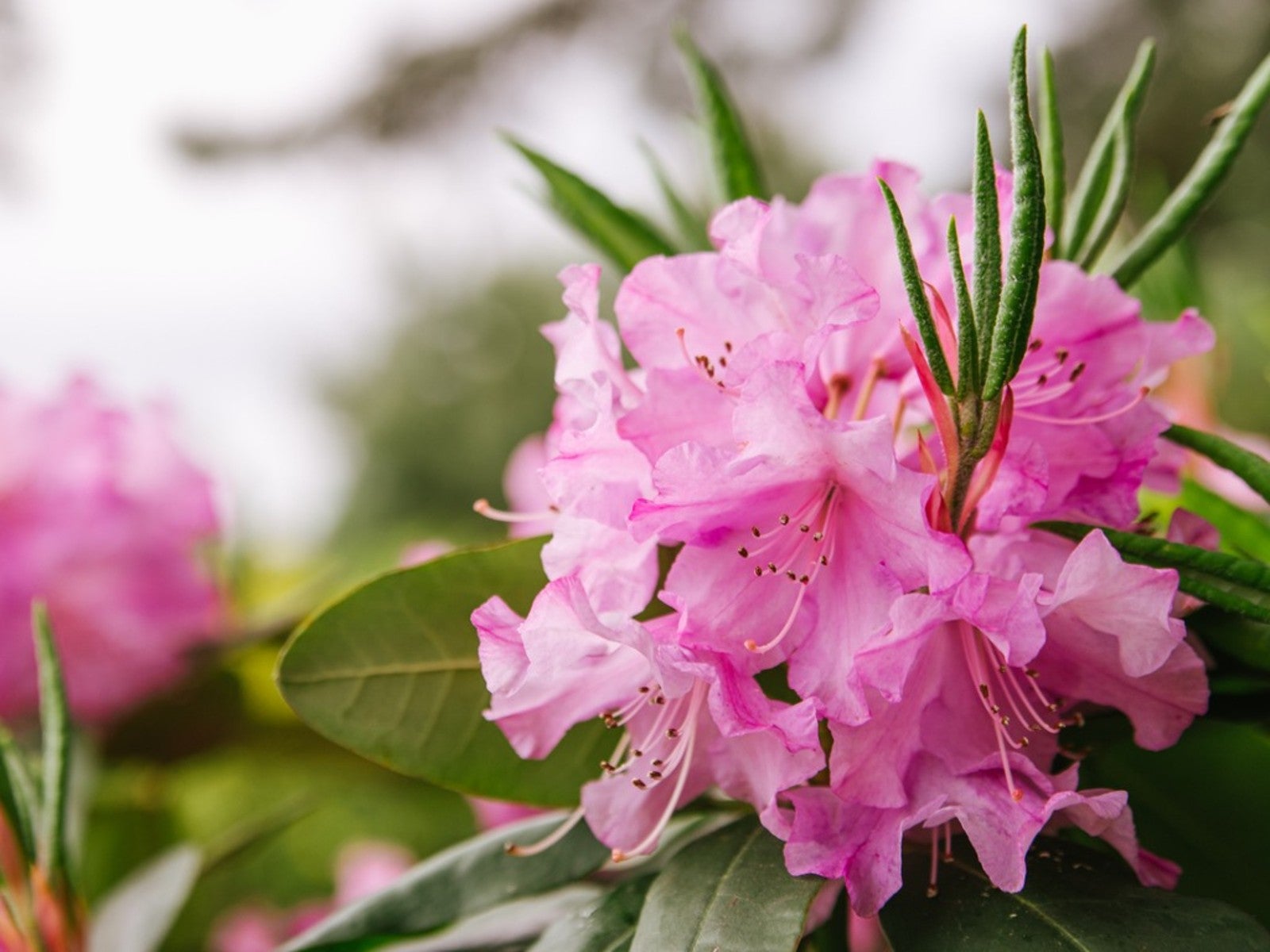 How Curling Leaves On Rhododendrons Act Like A Thermometer
How Curling Leaves On Rhododendrons Act Like A ThermometerRhododendron leaves curling and drooping in winter? Read about thermotropic leaf movements.
By Teo Spengler
-
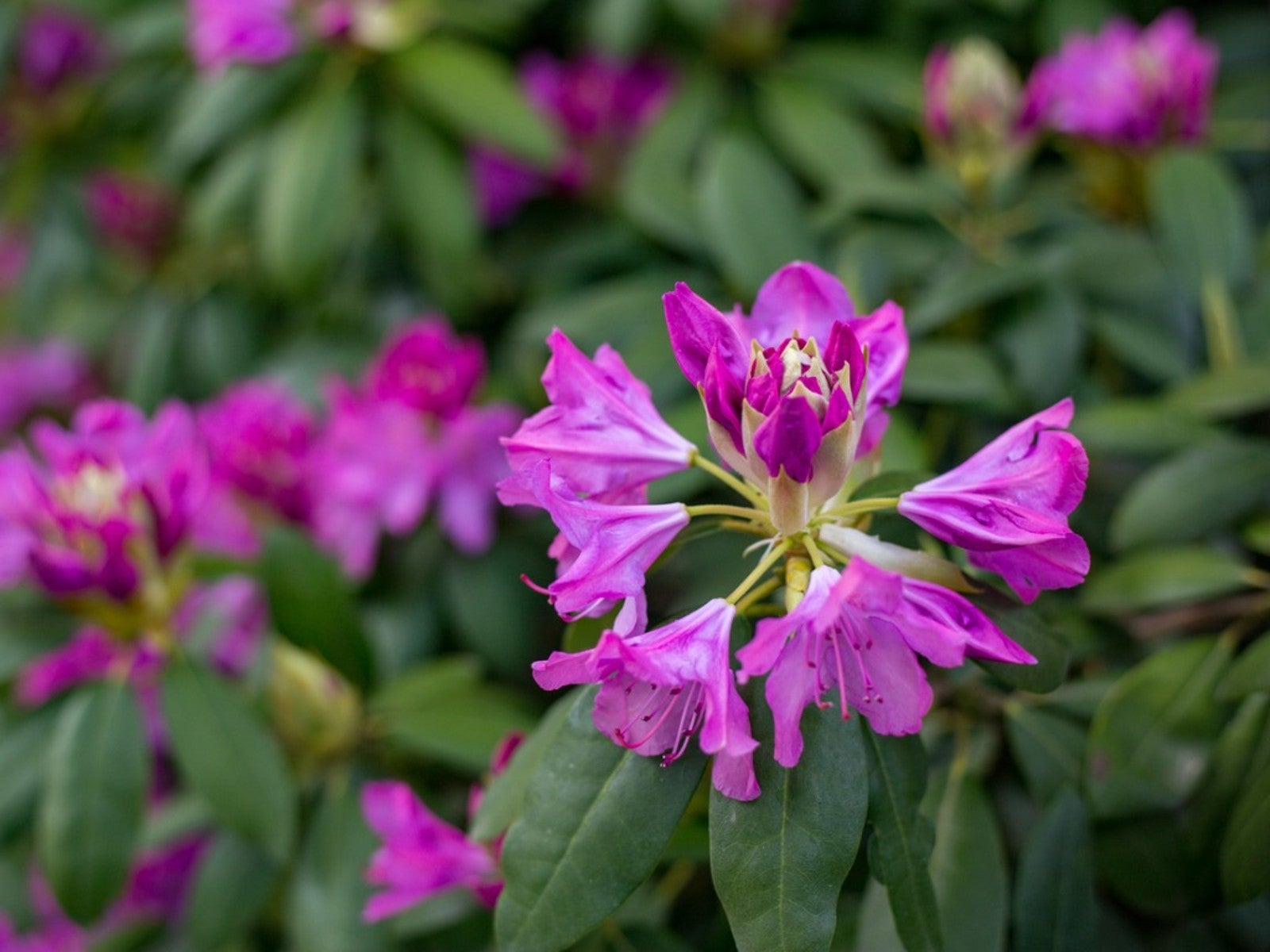 What Is Lapland Rhododendron
What Is Lapland RhododendronWhat is a Lapland rhododendron? More difficult to grow than a garden rhody, this creeping groundcover is a prized wild specimen. Click for more.
By Tonya Barnett
-
 Fragrant Rhododendron And Azalea Varieties
Fragrant Rhododendron And Azalea VarietiesMany rhododendrons and azaleas are exceptionally fragrant. Here are five of our favorite scented azalea and rhododendron varieties.
By Tonya Barnett
-
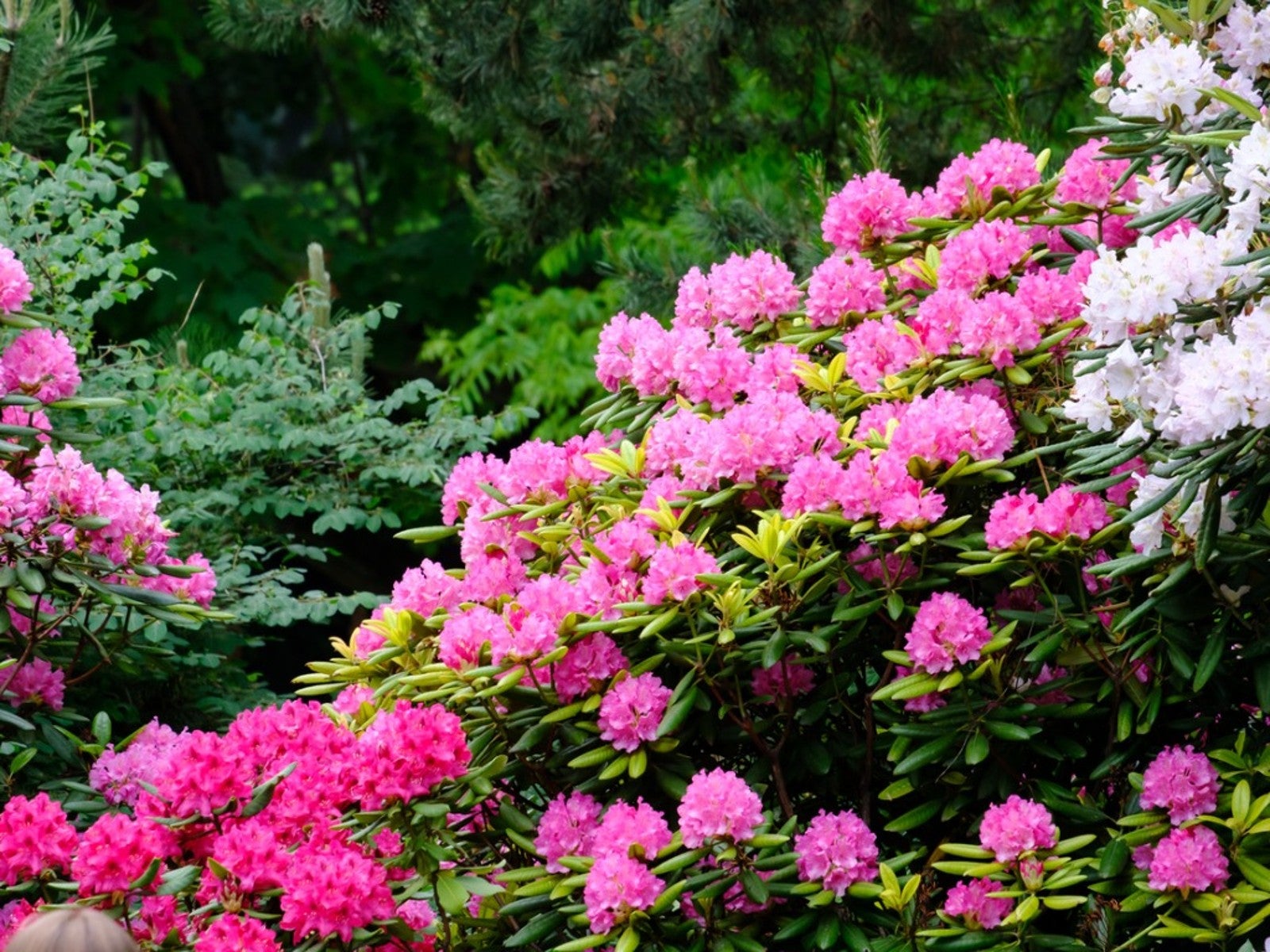 Pink Rhododendron Varieties: Picking The Perfect Pink Rhododendron
Pink Rhododendron Varieties: Picking The Perfect Pink RhododendronThere are more than 1,000 species of rhododendron, so if pink is your favorite, there are plenty to choose from. Click to learn about pink rhododendrons.
By Mary Ellen Ellis
-
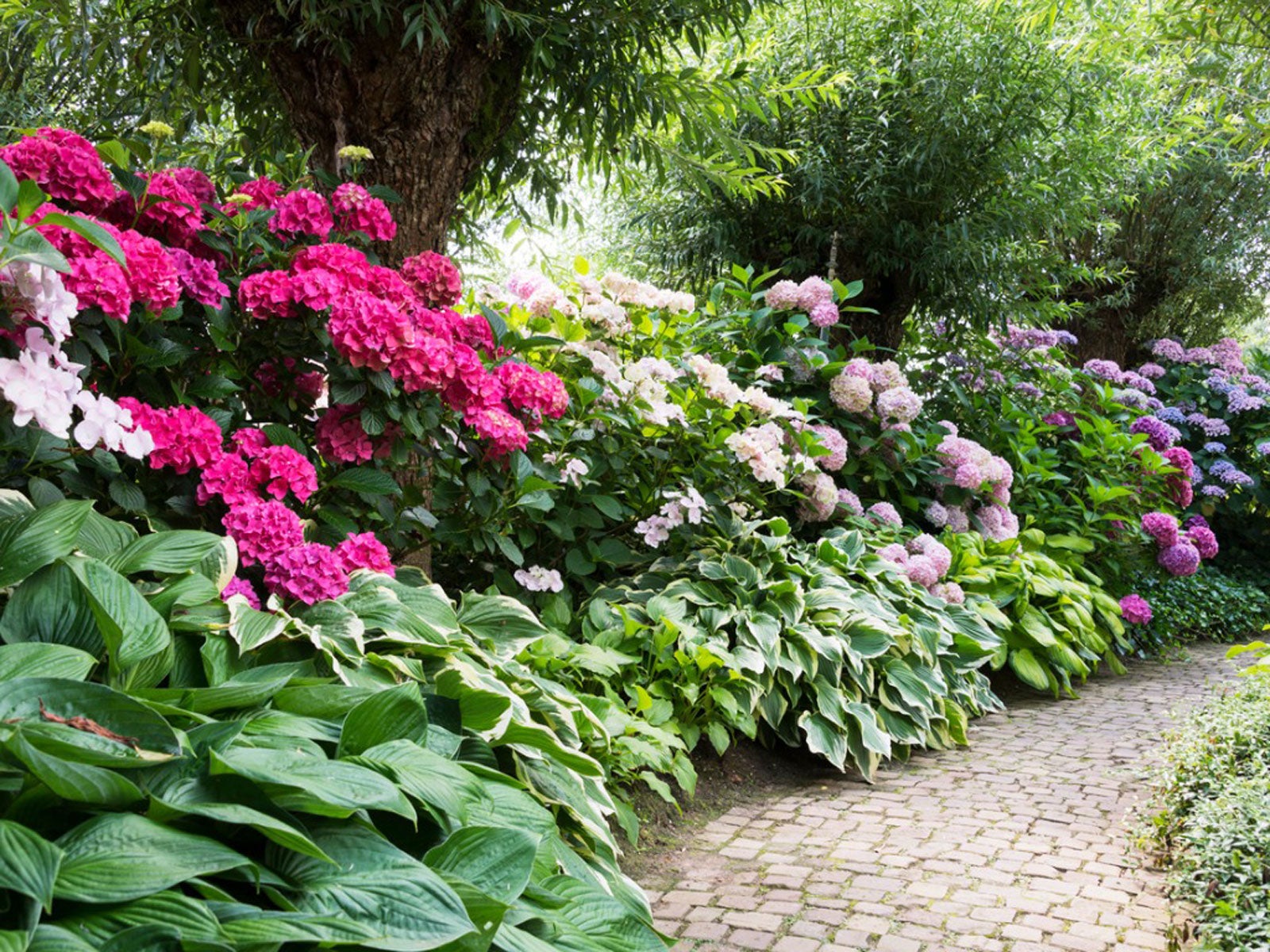 Companions For Azaleas And Rhododendrons: What To Plant With Rhododendron Bushes
Companions For Azaleas And Rhododendrons: What To Plant With Rhododendron BushesRhododendrons and azaleas make beautiful landscape plants but require specific growing conditions. Learn what to plant with azaleas and rhododendrons here.
By Laura Miller
-
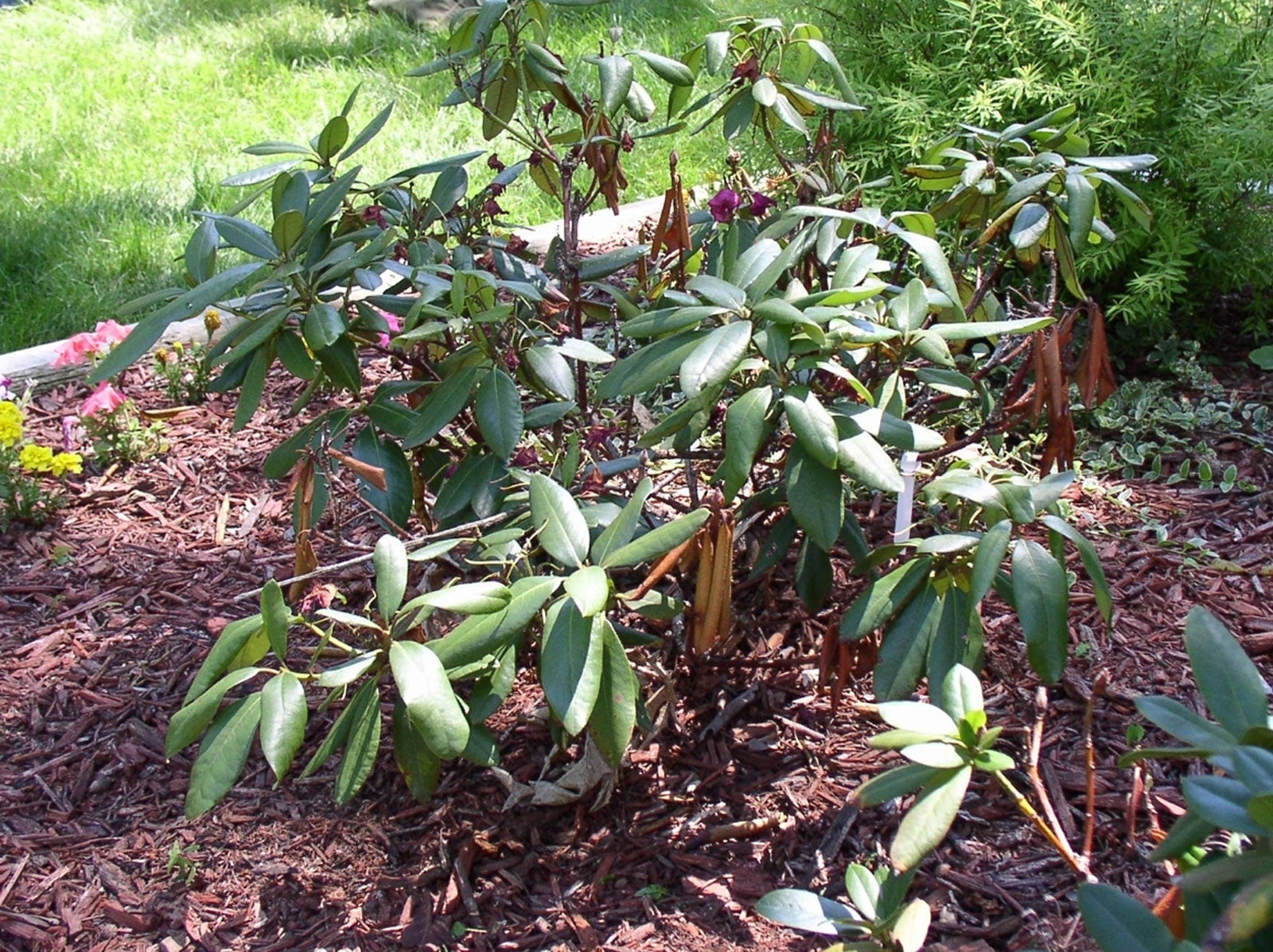 Burnt Rhododendron Leaves: Environmental Leaf Scorch On Rhododendrons
Burnt Rhododendron Leaves: Environmental Leaf Scorch On RhododendronsBurnt rhododendron leaves are most likely due to unfavorable environmental and weather conditions. Learn more about environmental leaf scorch here.
By Mary Ellen Ellis
-
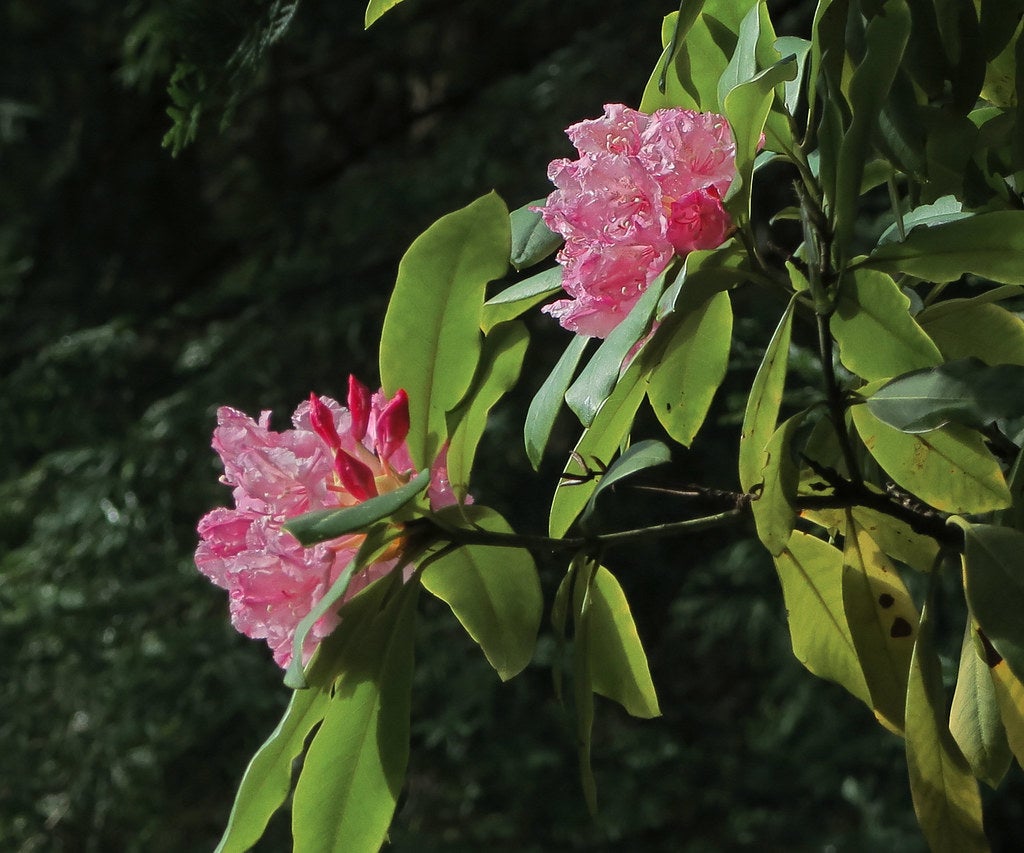 Pacific Rhododendron Care – How To Grow A Pacific Rhododendron
Pacific Rhododendron Care – How To Grow A Pacific RhododendronUsing Pacific rhododendron plants as part of natural landscaping provides eye-popping blooms combined with ease of care. These wild plants are very adaptable and versatile. Click here for tips on how to grow a Pacific rhododendron in your garden.
By Bonnie L. Grant
-
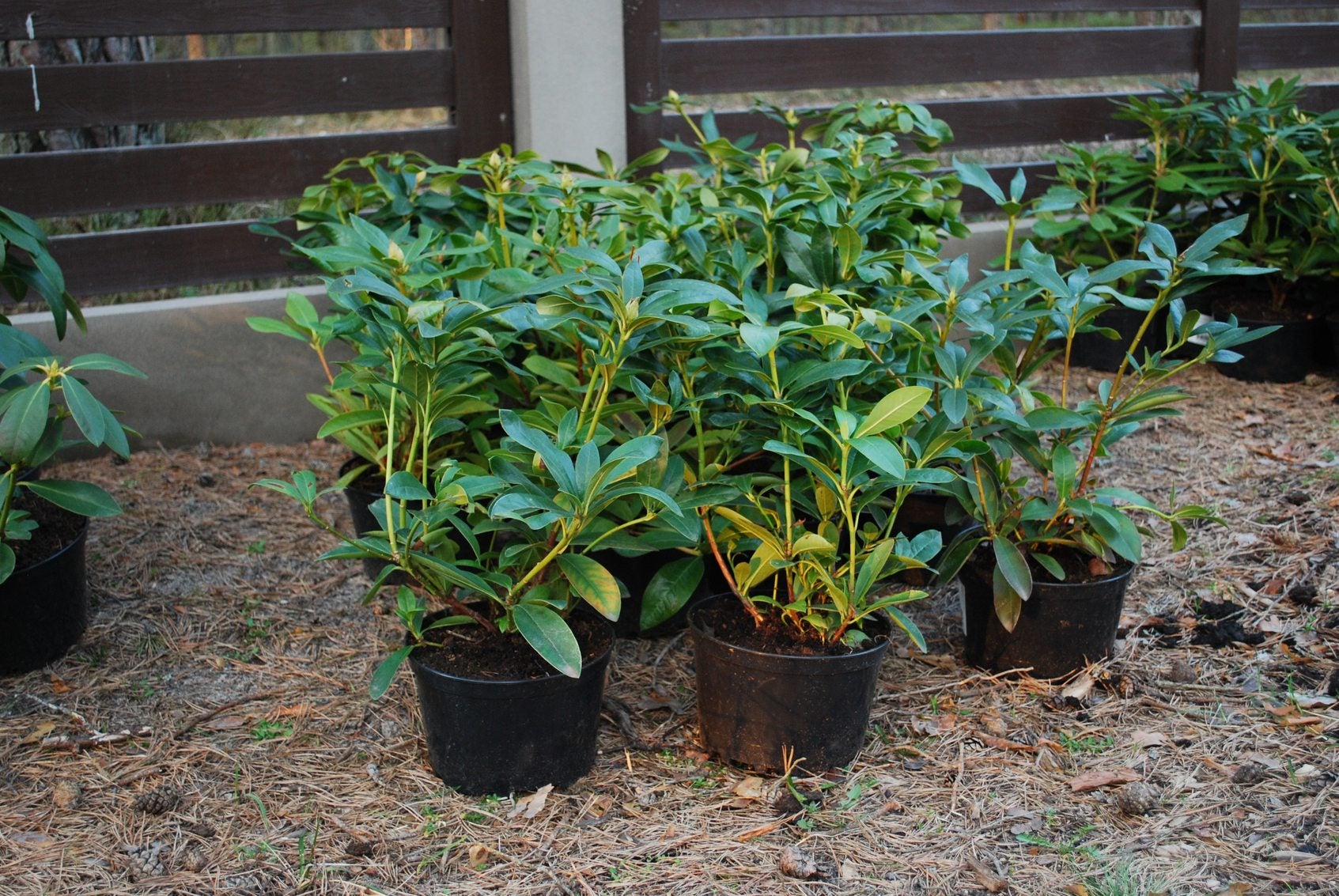 Rhododendron Container Care: Growing Rhododendrons In Containers
Rhododendron Container Care: Growing Rhododendrons In ContainersWhile usually grown as shrubs, rhododendrons can get very big. They can also go the other direction and be grown as small, manageable plants in containers. Learn more about how to care for rhododendrons in pots in this article.
By Liz Baessler